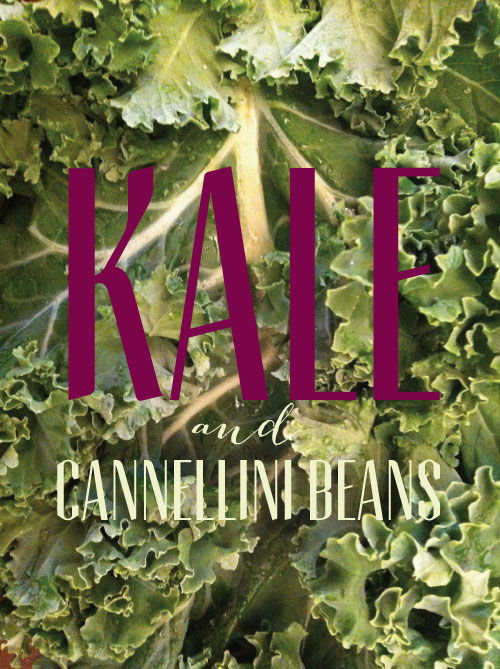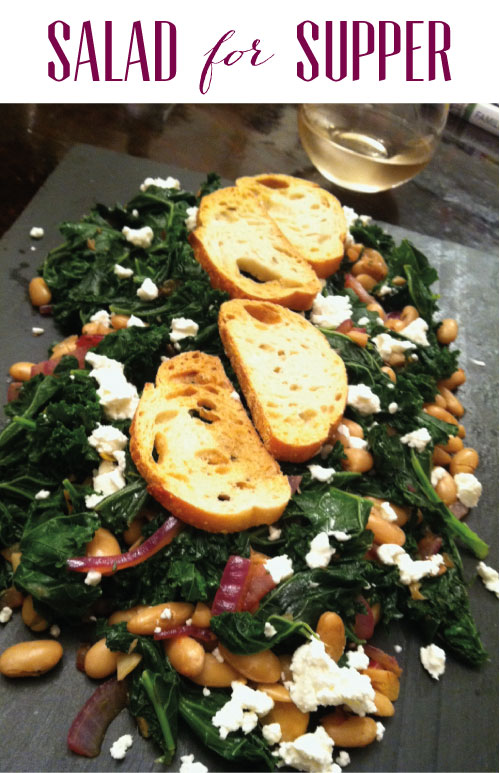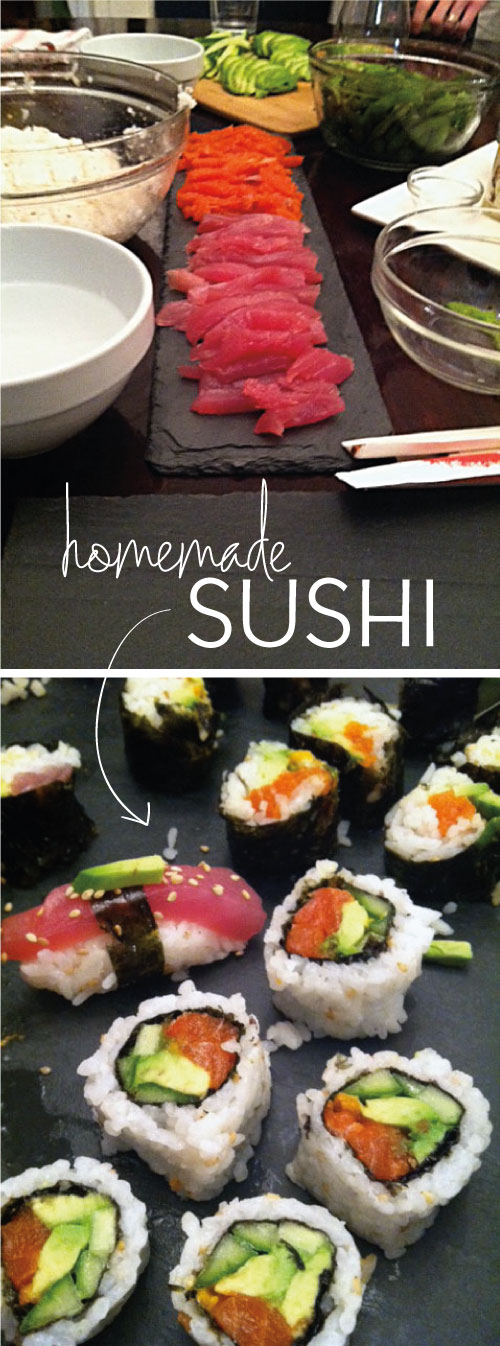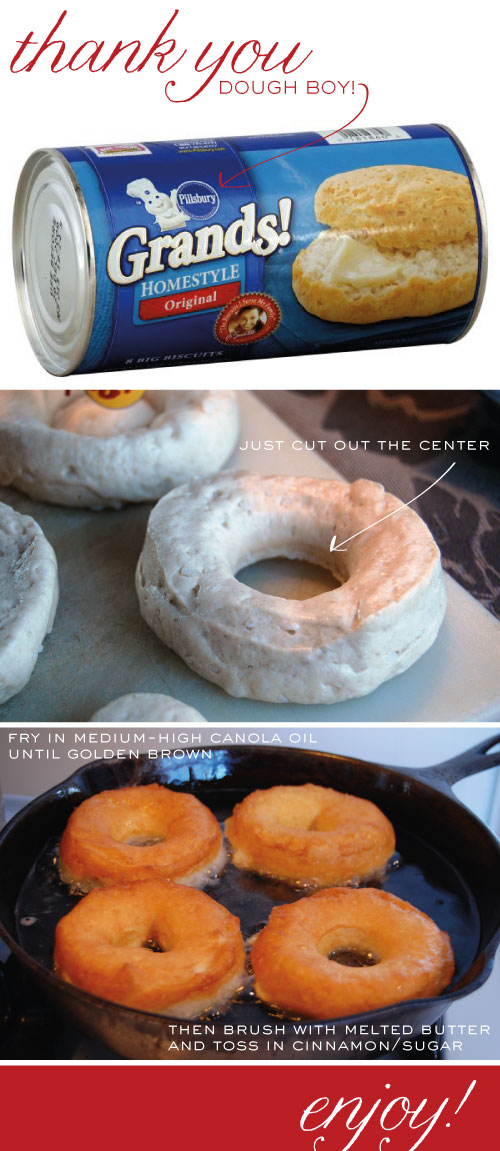We're embarking on a journey back to my favorite adventure from our winter break right after Christmas today for our Make-It Monday feature. I've always wanted to tackle homemade croissants from start to finish entirely by hand and I did just that. I'm going to warn you - it's quite a laborious task, but I think it was SO worth the efforts for the end prize (and my husband's family did too - though they didn't have to do the rolling!) Bon Appetit!


Recipe after the break...This recipe is from a 2000 issue of Gourmet Magazine...
Make dough:
Stir together warm milk, brown sugar, and yeast in bowl of standing mixer and let stand until foamy, about 5 minutes. (If it doesn’t foam, discard and start over.) Add 3 3/4 cups flour and salt and mix with dough hook at low speed until dough is smooth and very soft, about 7 minutes.
Transfer dough to a work surface and knead by hand 2 minutes, adding more flour as necessary, a little at a time, to make a soft, slightly sticky dough. Form dough into a roughly 1 1/2-inch-thick rectangle and chill, wrapped in plastic wrap, until cold, about 1 hour.
Prepare and shape butter:
After dough has chilled, arrange sticks of butter horizontally, their sides touching, on a work surface. Pound butter with a rolling pin to soften slightly (butter should be malleable but still cold). Scrape butter into a block and put on a kitchen towel, then cover with other towel. Pound and roll out on both sides until butter forms a uniform 8- by 5-inch rectangle. Chill, wrapped in towels, while rolling out dough.
Roll out dough:
Unwrap dough and roll out on a lightly floured surface, dusting with flour as necessary and lifting and stretching dough (especially in corners), into a 16- by 10-inch rectangle. Arrange dough with a short side nearest you. Put butter in center of dough so that long sides of butter are parallel to short sides of dough. Fold as you would a letter: bottom third of dough over butter, then top third down over dough. Brush off excess flour with pastry brush.
Roll out dough:
Turn dough so a short side is nearest you, then flatten dough slightly by pressing down horizontally with rolling pin across dough at regular intervals, making uniform impressions. Roll out dough into a 15- by 10-inch rectangle, rolling just to but not over ends.
Brush off any excess flour. Fold in thirds like a letter, as above, stretching corners to square off dough, forming a 10- by 5-inch rectangle. (You have completed the first "fold.") Chill, wrapped in plastic wrap, 1 hour.
Make remaining "folds":
Make 3 more folds in same manner, chilling dough 1 hour after each fold, for a total of 4 folds. (If any butter oozes out while rolling, sprinkle with flour to prevent sticking.) Wrap dough tightly in plastic wrap and chill at least 8 hours but no more than 18 (after 18 hours, dough may not rise sufficiently when baked).
Roll out and cut dough:
Cut dough in half and chill 1 half, wrapped in plastic wrap. Roll out other half on a lightly floured surface, dusting with flour as necessary and stretching corners to maintain shape, into a 16- by 12-inch rectangle. Brush off excess flour with pastry brush and trim edges with a pizza wheel or sharp knife.
Arrange dough with a short side nearest you. Cut in half horizontally and chill 1 half. Cut remaining half vertically into thirds, forming 3 rectangles. Cut each rectangle diagonally in half to make 2 triangles, for a total of 6 triangles.
Shape croissants:
Holding short side (side opposite tip) of 1 triangle in one hand, stretch dough, tugging and sliding with other hand toward tip to elongate by about 50 percent.
Return to work surface with short side of triangle nearest you. Beginning with short side, roll up triangle toward tip. Croissant should overlap 3 times, with tip sticking out from underneath; you may need to stretch dough while rolling.)
Put croissant, tip side down, on a parchment-lined large baking sheet. (Curve ends inward to make a crescent shape if desired.)
Make more croissants with remaining 5 triangles, then with remaining rolled-out dough, arranging them 2 inches apart on baking sheet. Repeat rolling, cutting, and shaping procedures with chilled piece of dough.
Let croissants rise:
Slide each baking sheet into a garbage bag, propping up top of bag with inverted glasses to keep it from touching croissants, and tuck open end under baking sheet.
Let croissants rise until slightly puffy and spongy to the touch, 2 to 2‚ hours.
Bake croissants:
Adjust oven racks to upper and lower thirds of oven and preheat to 425°F.
Remove baking sheets from bags. Spritz inside oven generously with spray bottle and close door. Put croissants in oven, then spritz again before closing door. Reduce temperature to 400°F and bake 10 minutes without opening door.
Switch position of sheets in oven and rotate sheets 180°, then reduce temperature to 375°F and bake until croissants are deep golden, about 10 minutes more.
Cooks' note: •Baked and cooled croissants keep 1 month: First freeze them, uncovered, on baking sheets until firm, then wrap them snugly in foil before returning to freezer. When ready to serve, remove foil and bake (not thawed) on a baking sheet in a 325°F oven 5 to 10 minutes.
 Haute Papier is so excited to be participating in a Community Supported Agriculture (CSA) program this year. We did our research when deciding which farm we would go with and in the end chose Great Country Farms in Bluemont, Virginia. Each week we'll be giving you a peek inside our delivery boxes and sharing a recipe for something we made with the delicious fresh produce. First up is this great saute I made using some of the greens we received this week. I'm a big believer in a diet rich in vegetables and try to keep animal proteins to a minimum - not that I don't love them, I just try incorporate both fiber and protein into my diet at the same time - which is where the beans come in. This recipe is satisfying enough to have as dinner - add in a crisp, white wine (sauv blanc or sancerre are both perfect) and some crusty bread!
Haute Papier is so excited to be participating in a Community Supported Agriculture (CSA) program this year. We did our research when deciding which farm we would go with and in the end chose Great Country Farms in Bluemont, Virginia. Each week we'll be giving you a peek inside our delivery boxes and sharing a recipe for something we made with the delicious fresh produce. First up is this great saute I made using some of the greens we received this week. I'm a big believer in a diet rich in vegetables and try to keep animal proteins to a minimum - not that I don't love them, I just try incorporate both fiber and protein into my diet at the same time - which is where the beans come in. This recipe is satisfying enough to have as dinner - add in a crisp, white wine (sauv blanc or sancerre are both perfect) and some crusty bread!


 We had a ton of fun yesterday making one of my favorite foods... homemade sushi! It's really not that hard and fun to do in a group - everyone fills their rolls with their favorite Japanese morsels and then you have bites of all different combos! The key is buying fresh fish and good nori. Here in Washington, DC, I love to get the seafood at
We had a ton of fun yesterday making one of my favorite foods... homemade sushi! It's really not that hard and fun to do in a group - everyone fills their rolls with their favorite Japanese morsels and then you have bites of all different combos! The key is buying fresh fish and good nori. Here in Washington, DC, I love to get the seafood at 
 We were in Buffalo for the weekend and were delighted when our friend, Doug, made these for breakfast one morning. We thought he'd been up for hours fussing in my mom's kitchen... kneading and waiting and rolling... little did we know! He did spill the secret, which you're just not going to believe! I've made homemade doughnuts a few times and they're always delish, the problem is just that if you're serving them for breakfast, that means you're up hours before everyone else... Not anymore... Keep reading for the secret :)
We were in Buffalo for the weekend and were delighted when our friend, Doug, made these for breakfast one morning. We thought he'd been up for hours fussing in my mom's kitchen... kneading and waiting and rolling... little did we know! He did spill the secret, which you're just not going to believe! I've made homemade doughnuts a few times and they're always delish, the problem is just that if you're serving them for breakfast, that means you're up hours before everyone else... Not anymore... Keep reading for the secret :)


